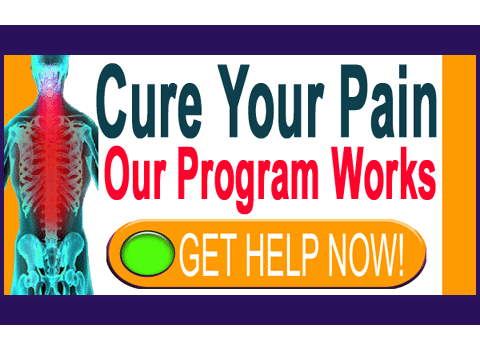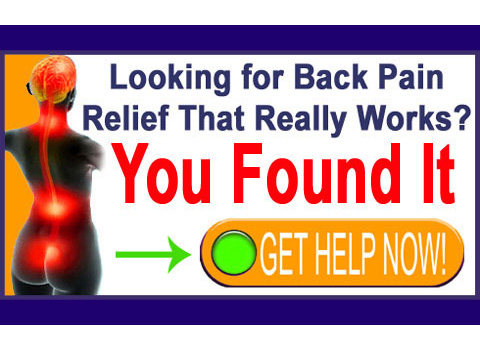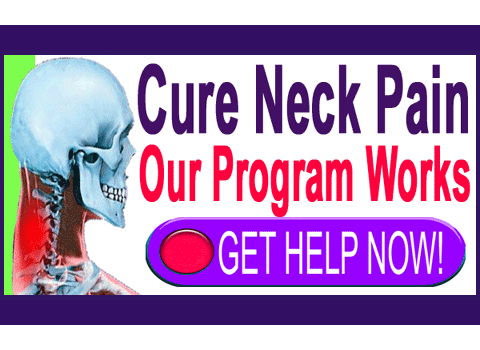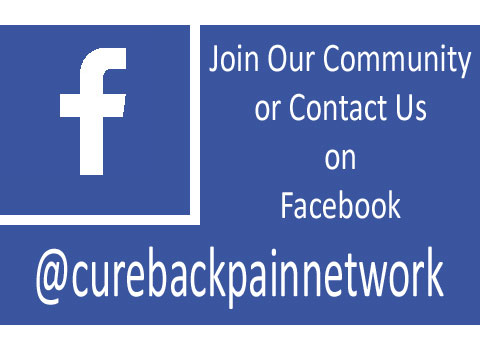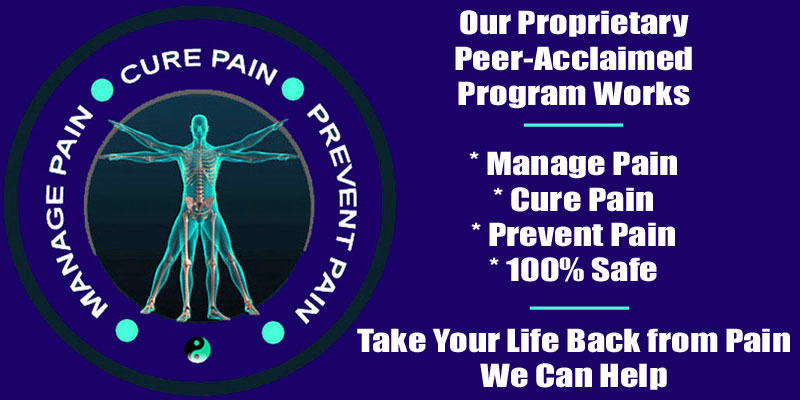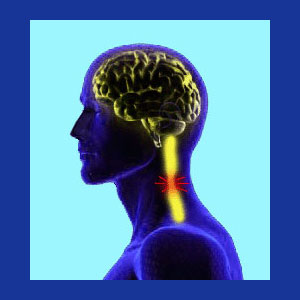
Spinal stenosis in the neck is a frequent diagnostic conclusion used to explain widespread symptoms virtually anywhere in the body below the narrowed spinal canal level. While spinal canal stenosis is a normal part of getting older and is usually seen in the neck and low back in aging people, sometimes the condition can enact horrific consequences. Cervical spinal stenosis is the second most common variety of central canal narrowing and is definitely an expected part of the aging process. Most mild to moderate forms are not at all symptomatic, or only mildly symptomatic, but severe and extreme cases can defy this profile and create pain and neurological effects, regardless of the actual source of the canal impingement.
This article will detail spinal stenosis neck pain and the other common expressions of a narrowed central canal in the cervical spine. We will look at why stenosis is so common in the neck and the possible effects it may have on any given patient.
Evaluating Spinal Stenosis in the Neck
Central stenosis is a common condition in the neck due to the various spinal degeneration processes which work on this area of the anatomy almost universally. Cervical degenerative disc disease will deteriorate the intervertebral spacers in the middle to lower spinal levels, usually by the age of 30 to 40. When the discs get thinner and less effective, the spinal arthritic processes will get a firm hold, enacting the formation of bone spurs and arthritic debris. In many patients, these scenarios can affect the patency of the central canal, causing a stenotic condition to develop.
Cervical herniated discs are also incredibly common in the neck, as is ligamentum flavum hypertrophy. Both of these soft tissue concerns can cause or contribute to canal narrowing and possible stenosis symptoms.
Many other structural abnormalities, such as cervical spondylolisthesis and atypical spinal curvature, can also compromise the viability of the central canal, possibly enacting symptomatic expressions. In many instances, a spinal stenosis condition will be the combined result of more than one of these possible contributory processes and conditions.
Spinal Stenosis Expressions
Some patients will develop neck pain in association with spinal stenosis. However, this is far from certain. Even though the canal narrowing exists in the neck, the following are all possible symptomatic expressions and there are others not listed here possible, as well:
Patient may have upper or middle back pain and nerve symptoms in the arms, hands or torso.
Patient may have headaches and a stiff neck.
Patient may have lower back pain and/or sciatica. Tingling, weakness and numbness in the buttocks, legs, feet and/or genitals are possible.
Patient may not be able to stand or walk well, or at all.
Patient may become incontinent or experience sexual dysfunction.
Patient may simply have weakness in areas of the body and no pain whatsoever.
Spinal Stenosis in the Neck Considerations
It should be no surprise to be diagnosed as having a narrowed central canal in the neck, at any point past middle age. Some people demonstrate congenitally narrowed canals from birth, while even younger patients may demonstrate disc pathologies and minor arthritic changes which can effectively reduce the canal size. In older patients, and especially in the elderly, moderate cervical spinal stenosis is commonplace and expected. Luckily, most cases are still not painful, or only mildly expressive.
If and when the spinal cord becomes compressed, rather than crowded or displaced, then symptoms are almost sure to occur. These are the cases of stenosis which must be actively treated in order to preserve life and physical function.
If you have received a diagnosis of cervical stenosis, be sure to ask for a detailed account of the condition and its severity. Have your doctor explain the prognosis and tell you whether treatment is needed or not. We always recommend that patients seek evaluation from a spinal neurology professional in these instances. This is usually the path to enjoying the best overall therapy results, when treatment is actually needed.
Neck Pain > Spinal Stenosis Neck Pain > Spinal Stenosis in the Neck

